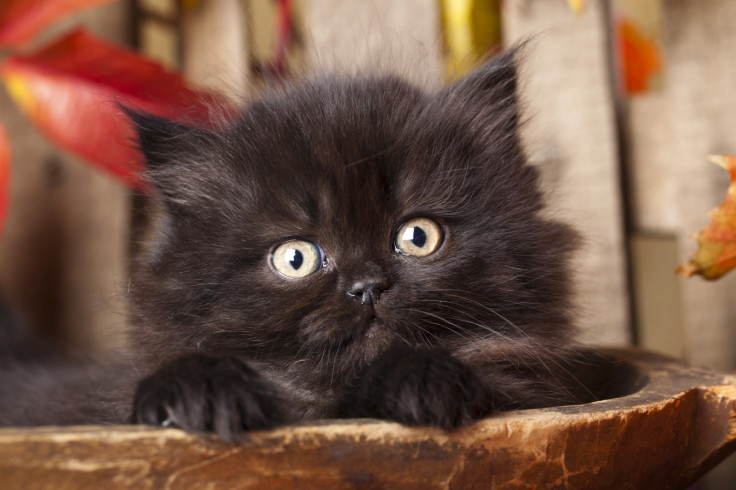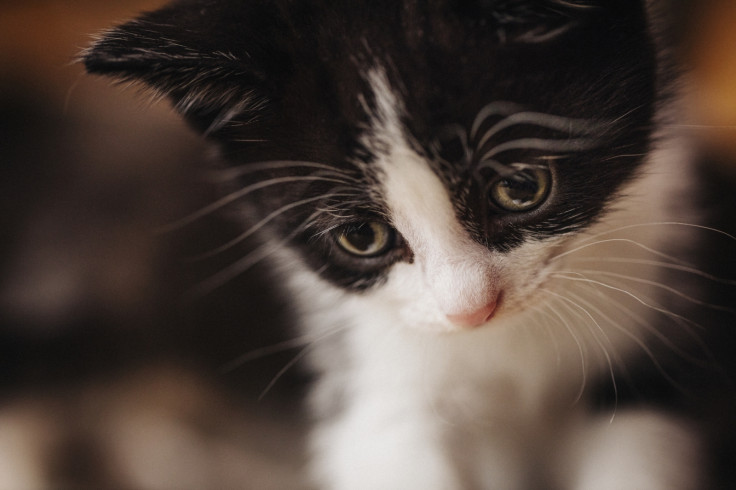Why do we declaw cats? New York to consider banning 'inhumane' procedure
Many animal rights activists support banning declawing.

The state of New York is considering making declawing cats for aesthetic purposes illegal, a move supported by many animal welfare advocates and veterinarians.
Legislation to prohibit the procedure has been introduced in both the Senate and Assembly.
What is cat declawing?
People declaw their cats to stop them scratching their furniture or people.
Animal rights activists and many vets say declawing a cat is inhumane as it involves the amputation of a cat's toes back to the first knuckle.
Unlike trimming human nails, animal rights organisation Peta argues declawing is a painful and crippling procedure.
"Cats' claws and the bones and cartilage that hold them in place allow cats to balance properly, climb and defend themselves, among other functions," Peta states.
"Declawing, which removes these claws, bones, and cartilage, is a painful and permanently crippling procedure that should never be performed. There are effective and humane alternatives to declawing that can prevent cats from inflicting damage with their claws.
"Declawing involves 10 separate, painful amputations. It is a serious surgery, not just a manicure. Declawing a cat involves general anaesthesia and amputation of the last joint of each toe, including the bones –not just the nail."

The American Veterinary Medical Association (AVMA) warns declawing – or onychectomy – is an amputation and should be regarded as "major surgery".
"Declawing of domestic cats should be considered only after attempts have been made to prevent the cat from using its claws destructively or when its clawing presents an above-normal health risk for its owner(s)," AVMA states.
What risks are associated with declawing cats?
Risks of declawing include nerve damage, loss of the ability to walk properly, pain, infection and scar tissue development.
Peta states there are behavioural problems associated with declawing, warning cats may become depressed, aggressive and more prone to biting. This is because declawing a cat removes its first line of defence, which may make it insecure.
Why do cats scratch?
Although pet owners might not appreciate their cats ruining the sofa, it is normal behaviour for cats to scratch and they do so for several reasons: to remove the dead outer layer of their claws, mark their territory with visual marks, leave their mark via the scent glands on their paws and to stretch their bodies.
Rather than declawing, Peta recommends providing a tall scratching post for cats and deterring pets from clawing at furniture by sprinkling designating scratching posts with catnip once a week.
© Copyright IBTimes 2025. All rights reserved.



















